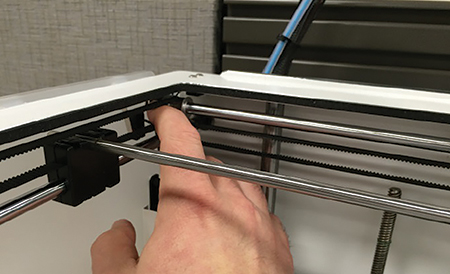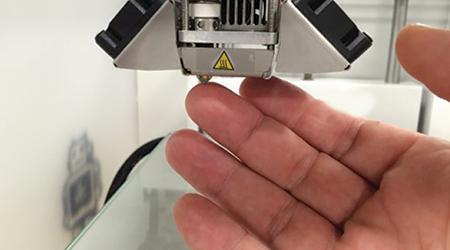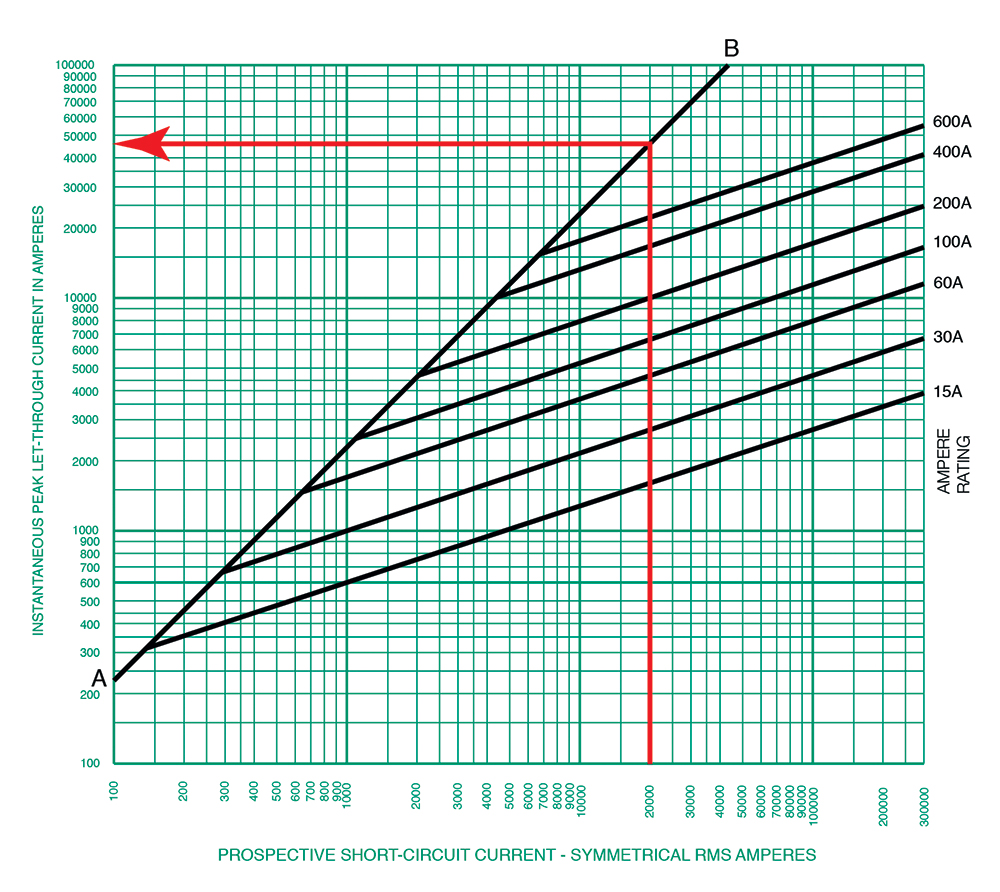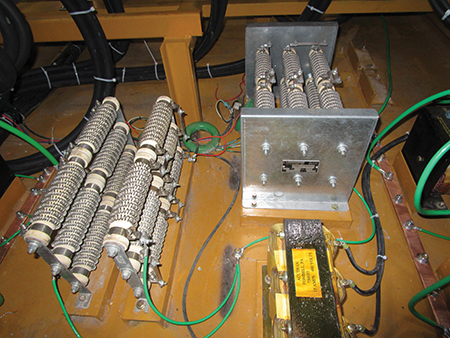I am ready to buy a 3D printer for my home or company. Do I need to be concerned about personal safety while operating my printer?
Safety Considerations by Machine Segment
Like any machine used in manufacturing there can be potential risks associated with 3D printers. Different levels of risk are associated with different 3D printer market segments. For example, machines used in the production or professional market, such as an aerospace, medical manufacturing, or consumer product company, typically are fully enclosed and have a series of interlocks and control systems to minimize the risk of injury to users. This is important because the size of the machine and the level of energy it can produce can harm the operator or increase the risk of fire.
Personal machines marketed for home hobbyists, inventors, and tinkerers may not require the same provisions for interlocks or controls. For example, a personal 3D printer may not provide an enclosure around its mechanical moving parts. The forms of safeguarding provided typically rely more on markings and user instructions due to their size, intended use, and the reduced levels of energy used, lessening the risk of injury or fire.
Personal Machine Hazards
Accessibility to Potentially Hazardous Energy Sources:
Some enclosure designs allow for free and open access to a machine’s build platform. These designs can introduce additional risks to users while the printer is in operation. This is especially true if the supplied instructions are not followed. The consequences of not having a physical enclosure around or associated with moving parts, sharp edges, or parts operating at high temperatures include an increased risk of injury, such as minor cuts or scrapes, or even burns. Generally, mechanical parts and parts operating at high temperatures do not pose a risk of injury as long as the equipment’s operating instructions are followed, including adherence to safety messages associated with caution markings on the product.
Sharp Edges and Pinch Points:
The mechanical parts of many printers, including motors, gears, and belts, are not enclosed in the printer and can easily become a pinch point. Typically, the energy levels involved are limited, so the risk of injury is minor. A person who reaches into the machine risks contact with a belt, pulley, gear, or screw drive. These areas can move suddenly during the normal printing process and could subject a user to minor pain or injury due to contact with sharp edges and pinch points. Generally, there should be no need for a user to access these parts.

Moving Build Platform:
In addition, many machines have a build platform that moves up and down as part of the build process. This can be a point of potential injury, although because of the limited mass typically associated with the loads of consumer-grade printers, smaller motors typically are involved. Nevertheless, if a user reaches under the platform and it suddenly retracts down during the build process, a user’s hand could be caught under the build plate, resulting in a pinch point. Caution should always be exercised when working in these spaces.

Thermal Burns:
Many personal grade machines allow access to the printing hardware during the build. The printing extrusion tip, where the plastic is deposited to form a 3D part, is very hot (typically, 220° C/428° F). As a result, such parts typically have a “hot surface” hazard marking on the part or nearby. Although the operating instructions associated with the symbol/marking caution against coming in contact with parts marked as such, if a user reaches into the build area they risk a hand burn from contact with the hot machine part.
Also, newer technologies have introduced a heated build plate, which helps the material adhere easier. However, a heated moving build can increase the risk of thermal burn if caution is not exercised and operating instructions are not followed.

Risk of Fire:
Most personal 3D printers use material extrusion technology to print 3D parts. In this process, a plastic resin is fed into an extrusion tip and melted into a bead of plastic that can be printed into thin layers to gradually build a part. The extruded plastic is melted at a high temperature. If the temperature of the print head is not properly controlled, it can exceed the normal processing temperatures and potentially overheat. Generally, the design, construction and built-in safety features of a 3D printer allows for safe production of 3D parts without the risk of fire, even under overheating conditions.
Nevertheless, there remain documented cases of fires resulting from 3D printers. Typically these incidents are due to unintended conditions, such as aftermarket modification of the machine, or use of materials of a grade not specified by the manufacturer. Like most machinery, leaving a machine unattended during operation is not recommended, especially if the build is one that takes several hours.
Market Need to Mitigate Risks
As the market for 3D printing technology continues to grow, the safety of these machines is an increasingly important purchase consideration of industrial buyers and consumers. Related to this growth, regulatory bodies around the world are turning their focus to 3D printer safety. Manufacturers of 3D printers want safety certification for their products today to enter the markets they want to serve. Most frequently, manufacturers want their machines to meet International Electrotechnical Commission standards in order to be marketed and sold globally. Risks need to be identified and better communicated to all those involved in this industry. Standardization and certification can help with this effort.
Meet Paul Bates, UL’s resident 3D printing expert: Paul Bates is an industry-recognized 3D printing / additive manufacturing (AM) veteran. Bates joined UL in 2014 after serving 20+ years at Reebok where he guided the global athletic footwear leader’s Additive Manufacturing Lab and 3D CAD Team as the Director of Advanced Process Engineering. A 2012 recipient of the Additive Manufacturing User Group (AMUG) “Dinosaur” Award, Bates is fluent in numerous AM processes, including SLS, FDM, and PolyJet.
Have a question for Paul? Send it to 3Dprinting@ul.com
Need to learn more?
UL’s online and instructor-led 3D printing focused courses help facilitate the safe and successful implementation of additive manufacturing for many industry audiences, including engineers, designers, production technicians and business professionals. Developed and delivered by UL 3D printing industry experts, our training is built upon our independent global perspective and extensive engineering and safety knowledge. To learn more, please visit www.UL.com/AM
UL and the UL logo are trademarks of UL LLC © 2015















Find Us on Socials